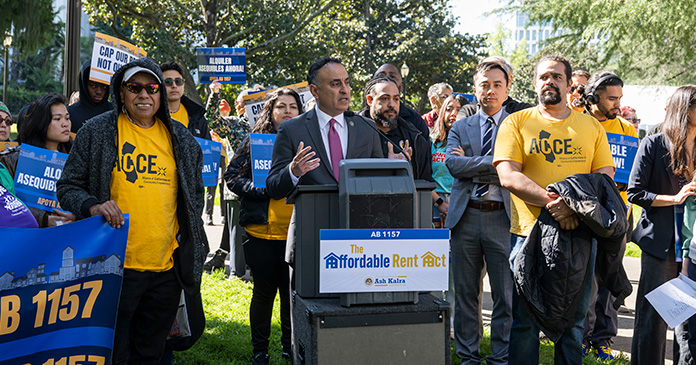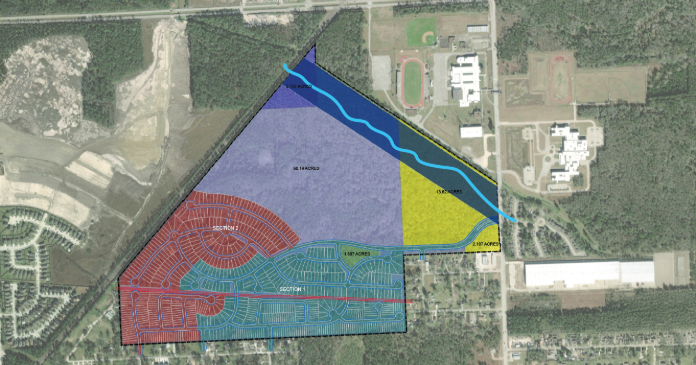Because of their hectic schedules, many property owners and managers put off budget planning until the deadline approaches. But operating without a detailed budget — prepared with proper time and care — is like driving across country without a map.
Creating a detailed budget takes thoughtful preparation and input from all members of the team. Sales, service, construction, vendors and management should contribute to a budget plan that’s realistic and maximizes all opportunities.
SEEK INPUT FROM SERVICE AND CONSTRUCTION TEAMS
The service and construction teams can suggest unit upgrades and convenience services like doorway trash removal to generate additional income.
The service team can also boost the bottom line by participating in revenue generation during the pre-vacate inspection. They can help with amenity pricing by noting unique features and reinforce the renewal and referral push.
Importantly, service staff can provide insight into the wants and needs of your current customers, since they have the most contact with them. What residents are unhappy with their homes? Would resolving some of these grievances increase retention and renewal rents? Service managers can generate income by carefully documenting damages and keeping photo records. Do any of your vendors have new products that would help you generate more income?
WORK WITH YOUR VENDORS
Vendor partners should provide information on proposed rate increases and suggest ways to help your property operate successfully.
Be sure to check laundry, cable and antenna contracts, and any commercial leases for potential rate increases. Can you expand any current contracts to generate more revenue?
DON’T FORGET THE SALES TEAM
Be sure your sales staff is encouraged to offer creative ideas to generate revenue, since they’re in tune with what your customer wants. Would accent walls, lighting upgrades or closet organizers move more units faster at higher rates? Is your leasing commission plan tied to income goals? If not, you run the risk of the best units (read: easiest to sell) going first and the older, less desirable units ballooning in vacancy loss.
Individual unit/amenity pricing can help you here as well. Up charges for view, floor level, newer interiors, etc. can build value by giving your sales team a lower price to offer on the basic models. Fee income can grow by offering “princess parking” — reserved spaces near the entrances — even if you can’t offer covered parking. Creating specialists among the sales team can push clubhouse, storage and garage rentals, as well as advertising sales for your community newsletter. Set sales goals for these items just as you do for apartment leases.
MAKE EVERY DOLLAR COUNT
Even the best laid plans for forecasting income can go astray when it comes to bad debt and damage charges. Be sure your staff are trained to see bad debt as lost money, not just a “write -off.” Pre-vacate inspections with bills for damages before the residents move out give you extra time to get the money for the property before the clock starts ticking for the account to go to collections. Same goes for outstanding rent and other fees. Are your on-site managers empowered and encouraged to make deals such as favorable move-out balances for immediate payment? Are they aggressive? Are they compensated through incentives?
Make every dollar count, even in a slow growth market. This is where community managers often need the most coaching. It’s especially true if you operate in a market that requires rent concessions. Ever notice that concessions are always huge numbers — free month, $50 off, and so on — but rent increases inch up at 2 percent?
Don’t let market comps set your rents — look to your competitive advantage. What do you offer over the competition? Resist the urge to be the lowest price unless you truly have the worst product, people and location in your market. Offer only what it takes to make the deal today and not a dollar more.
Getting the entire team into the mindset that every dollar counts and following the same road map will make the trip to a healthy bottom line much smoother.
Author: Carol Jackson
















